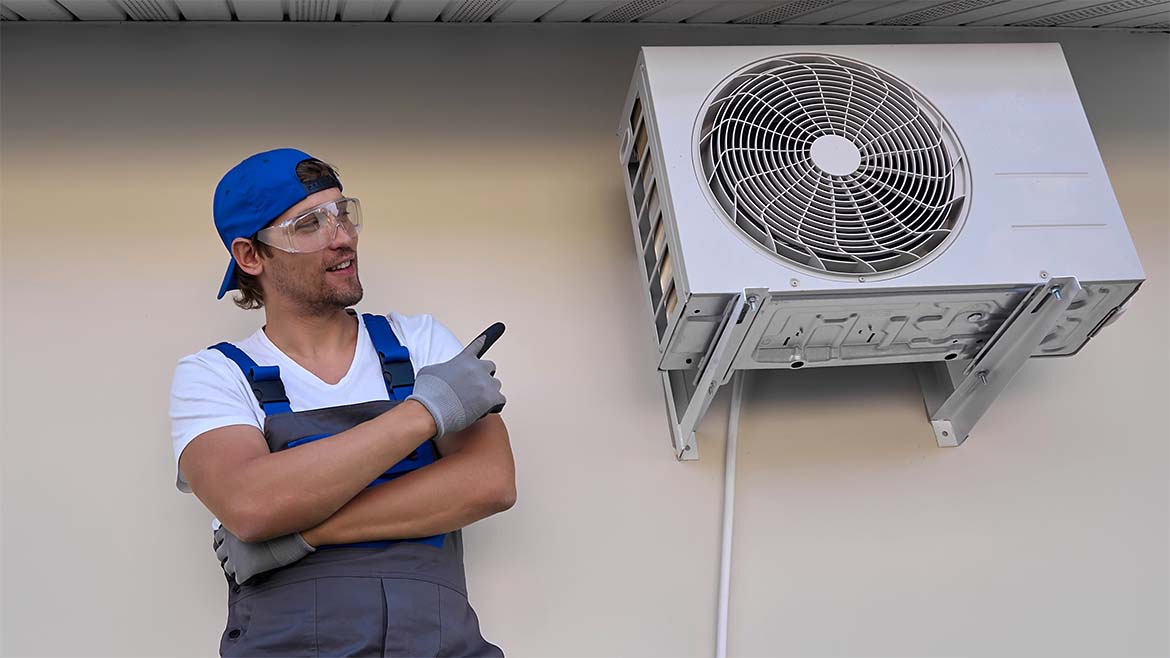In today’s fast-paced business environment, one of the most important questions to ask is: Why conduct performance evaluations? They require time, energy, and may momentarily take your team off-task, which translates into cost. However, like any business decision, performance evaluations are about weighing risks and returns. So, what are the benefits, and how can they drive growth within your organization?
Key Questions to Consider
Before diving into performance evaluations, ask yourself:
- Are we maximizing profits?
- Do our teams embody the principles and procedures we stand for?
- Are we an employer of choice with a waiting list of talent eager to join?
- Would I want my children to work here? Is there a clear career path?
- Am I spending most of my time growing my business?
If any of your answers are “No,” it may be time to reassess how performance evaluations can help.
Benefits of Performance Evaluations
- Facilitates Career Growth: Both employees and employers benefit. Evaluations create opportunities for employees to enhance their careers, which, in turn, supports organizational growth.
- Improves Performance: Identifying skill gaps or training needs gives employees the chance to develop and become more effective.
- Promotes Job Satisfaction: When challenges to productivity are addressed through teamwork, the working environment improves, reducing turnover.
- Provides Better Motivation: Evaluations allow managers to reward top performers, reinforcing the behaviors that drive success. “What gets rewarded, gets repeated.”
- Improves Clarity: Performance evaluations clarify expectations, helping employees understand their roles better.
- Ensures Proper Documentation: They offer a clear record of performance, which is invaluable for HR and managerial decisions.
- Aids in Strategic Planning: Evaluations help organizations align goals with employee development, uncovering cost-saving and process improvement opportunities.
- Reduces Surprises: Monthly reviews ensure transparency and allow for proactive correction, minimizing unexpected terminations.
Best Practices for Performance Evaluations
Effective performance evaluations should focus on the big picture and encourage continuous growth. Let’s explore the various models:
- Worst Case – The Year-End Review: This outdated model serves little purpose beyond allocating bonuses. It’s demoralizing and leaves no room for course correction.
- The Bare Minimum – Mid-Year Review: This option allows for mid-year adjustments but lacks the proactive approach of more frequent check-ins.
- More Desirable – Quarterly Reviews: Regular quarterly check-ins help maintain a continuous improvement mindset, offering time to adjust goals and celebrate milestones.
- Best in Class – Monthly Reviews: The ideal approach is monthly performance conversations. These regular touchpoints build a shared understanding of goals and expectations, reducing uncomfortable surprises. Both parties are consistently aligned on priorities, making this model the most effective for fostering employee and organizational growth.
Conducting Effective Reviews
The performance review process should be a two-way conversation. Before the review, have the employee complete a self-evaluation to provide insight. Then follow these six steps to guide your conversation:
- Convey Positive Intent: Performance reviews should aim to enhance the employee’s effectiveness. Be honest and clear about what improvement looks like.
- Provide Specific Feedback: The more detailed your feedback, the easier it is for the employee to understand and act on it.
- Gain Perspective: Solicit feedback from peers and stakeholders to get a well-rounded view of the employee’s performance.
- Explain the Impact: Help employees understand how their behavior affects outcomes. Focus on actions they can control.
- Encourage Dialogue: Reviews should be a two-way exchange. Managers should be open to understanding the employee’s perspective and testing assumptions.
- Define Next Steps: The review should conclude with specific, actionable steps. Both parties should take responsibility for ensuring progress.
After the Review: Follow-Up is Key
The most important part of a performance conversation is what happens afterward. Without follow-up, progress stalls. Regular, ongoing check-ins—such as monthly reviews—are essential for keeping employees on track and ensuring continuous improvement.
Technology can assist in this process. For instance, studies have shown that simple follow-up messages can be nearly as effective as in-person meetings in areas such as financial planning and health management. These tools can be leveraged to provide continuous feedback, making the review process more effective.
Starting the Process: Preparing for a Review
Before a review, ensure that employees clearly understand the standards, including ethical guidelines, by which their performance will be judged. This is crucial for aligning individual performance with organizational strategy.
Managers must take the time to observe employees over an extended period to provide meaningful feedback. They should also assess whether performance issues stem from a lack of ability, motivation, or both. Based on these judgments, the next steps could include additional training, a role reassignment, or, in some cases, parting ways with the employee.
For top performers, reviews present an opportunity to reward and recognize their contributions while navigating the challenges of retaining highly motivated individuals.
Dialogue is important, therefore, not just because it’s polite and typically characteristic of effective organizational cultures, but also, because it tests assumptions and reasoning. Does my view of your interactions with colleagues make sense? Here is the data or other input I’m using to make this assessment: What am I missing? Is it an issue of resources or something else? Here are the priorities in our unit: Do you understand, and do you agree? If not, why not?
Dialogue also opens other relevant purposes of a review: the possibility that the manager’s behaviors, policies, or management style may be part of the performance problem and opportunity.
Draft your review:
- Start with the job description. If the description is vague, redefine it
- Establish KPI’s that the employee can actually influence
- First make clear the standards, including ethical standards, by which performance will be judged: what’s important and how much you expect. This may seem obvious, but it’s often not done because managers are unsure or uninformed about goals align with strategy; even experienced
Structuring the Review
Start by reviewing the employee’s job description and establishing key performance indicators (KPIs) they can influence. Ensure that performance reviews are conducted in a structured, interruption-free environment. Always conclude with an action plan that includes measurable goals.
Execution:
- Performance Evaluation Reviews are executed behind closed doors
- Reviews are made without interruption.
- If you anticipate emotional encounters, invite HR or Sr Management into the meeting or pause the meeting until emotions are in check
- Capture signatures, this memorializes the events
- Always close with a written action plan
Conclusion
Performance evaluations are an essential tool for driving organizational success. By fostering continuous dialogue, providing actionable feedback, and ensuring follow-up, you create a culture of growth and accountability. Regular performance conversations help eliminate surprises, improve clarity, and promote job satisfaction, making them a critical investment for any business.
Whether you require installation, repair, or maintenance, our technicians will assist you with top-quality service at any time of the day or night. Take comfort in knowing your indoor air quality is the best it can be with MOE heating & cooling services Ontario's solution for heating, air conditioning, and ventilation that’s cooler than the rest.
Contact us to schedule a visit. Our qualified team of technicians, are always ready to help you and guide you for heating and cooling issues. Weather you want to replace an old furnace or install a brand new air conditioner, we are here to help you. Our main office is at Kitchener but we can service most of Ontario's cities
Source link



